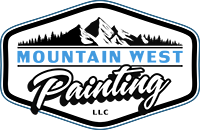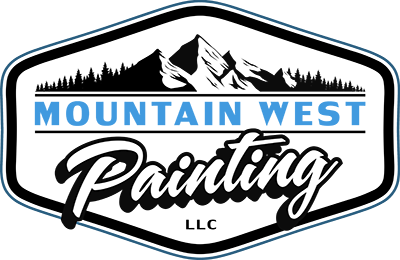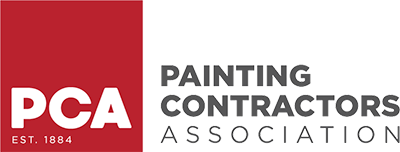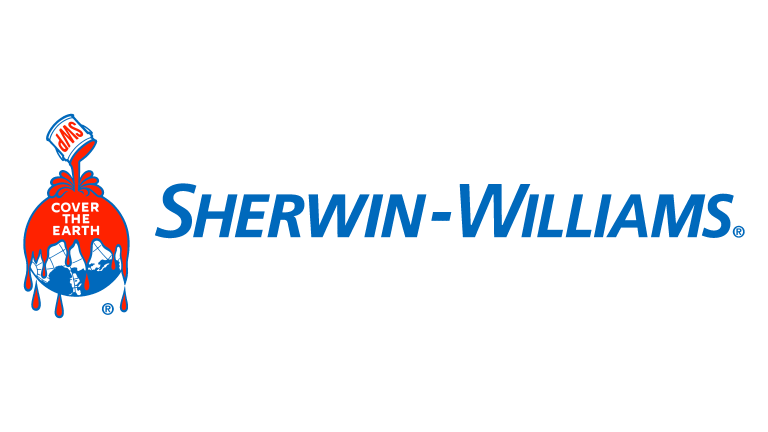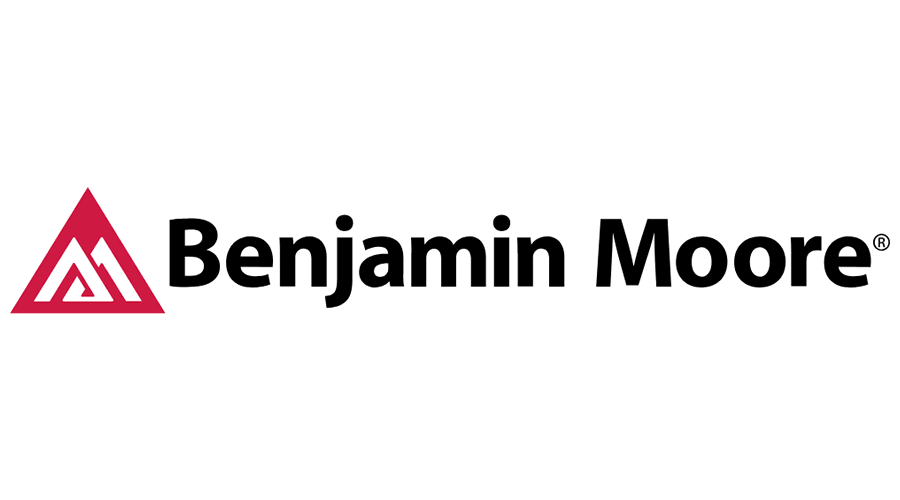Commercial buildings don’t just house businesses—they represent them. The exterior of your property speaks to customers, clients, tenants, and inspectors before you ever do. When the paint begins to fail, it’s not just a visual issue. It’s a structural and financial warning.
Repainting isn’t cosmetic maintenance—it’s preventive protection. Paint shields your property from water intrusion, UV damage, and air pollutants. Ignoring the early signs of failure allows those threats to reach the building envelope, leading to expensive repairs down the line.
This guide breaks down the five most important signs that your commercial building needs repainting, with straightforward advice on how to respond. Whether you manage a strip mall, medical office, industrial site, or professional building, staying ahead of paint deterioration can save money, improve tenant retention, and protect your long-term investment.
Why Repainting Should Be on Your Property Maintenance Radar
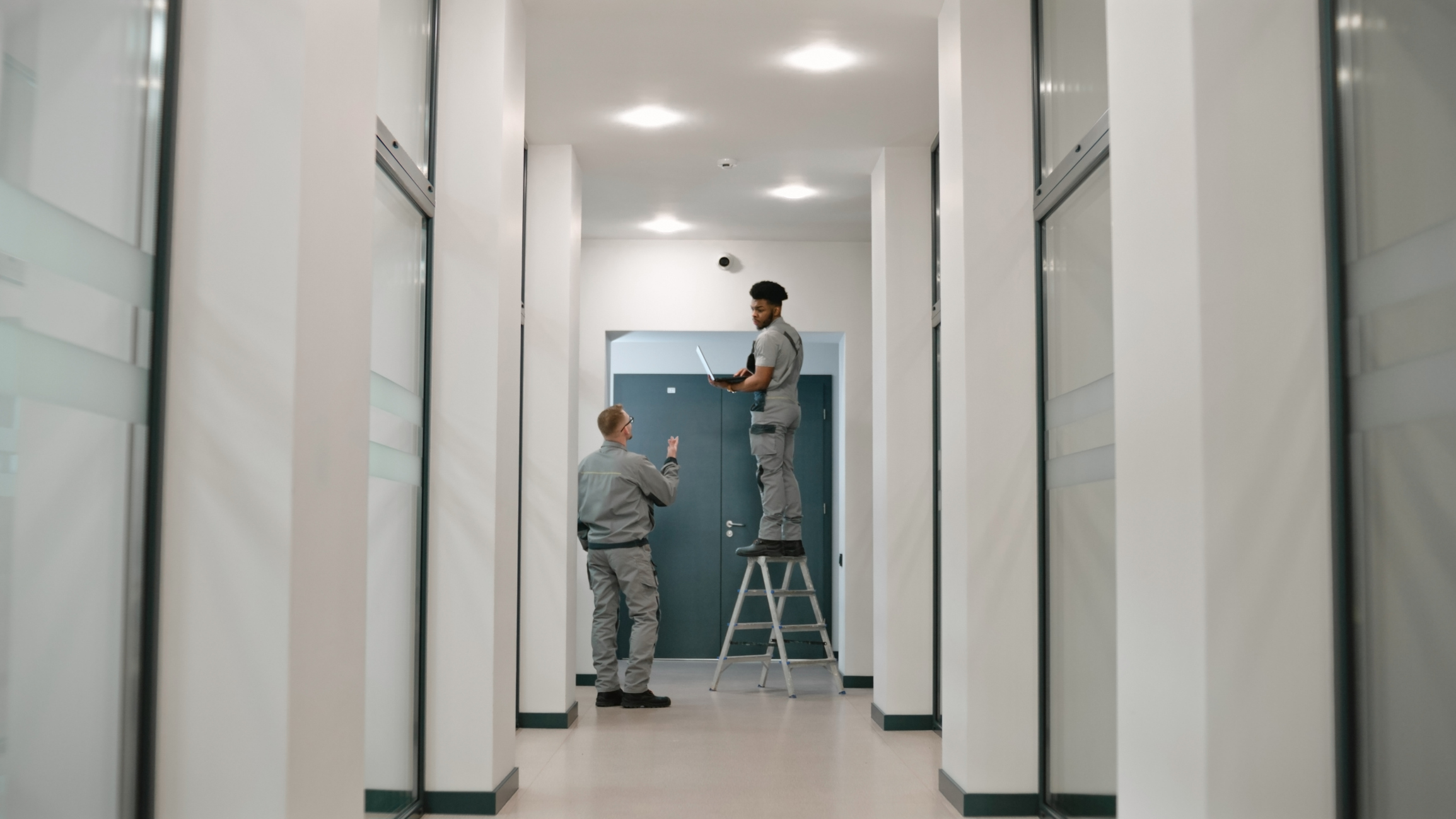
Beyond Aesthetics—Paint as Protection
Paint does more than add color. It seals out moisture, shields against UV rays, and blocks pollutants that erode materials like wood, metal, stucco, or masonry. A failing paint system exposes these surfaces, which then absorb water, crack, or corrode.
Repainting and ROI
Properties that maintain their exterior finishes consistently command better lease rates, attract more foot traffic, and reduce long-term repair costs. Deferred repainting often leads to structural issues that take months and thousands of dollars to fix.
First Impressions Matter
In retail, hospitality, and healthcare sectors especially, people notice the condition of your property. Faded paint or peeling trim reads as neglect—and that affects trust.
Sign #1 – Fading or Discoloration
What Causes It?
-
Prolonged UV exposure (especially south and west walls)
-
Environmental pollution or salt air near coasts or highways
-
Low-quality paint not designed for commercial use
-
Overdue repainting cycle
Why It Matters
Fading isn’t just unattractive—it means the paint’s protective resins and binders are breaking down. A chalky or discolored surface no longer prevents moisture or UV damage. Inconsistent color also weakens your brand’s visual impact.
Where to Look
Focus your walkaround on:
-
Sun-facing walls and parapets
-
Painted signage or logos
-
Roof trims and window frames
-
High-up surfaces exposed to year-round sun
What to Do
-
Schedule an inspection of faded areas
-
Request UV-resistant paint like elastomerics or high-grade acrylics
-
Ask about colorfastness ratings to avoid premature fading in future cycles
Common Causes of Fading and How to Prevent Them
| Cause | Typical Location | Prevention Strategy | Recommended Paint Type |
|---|---|---|---|
| UV radiation | South/west façades, roof trim | Use UV-resistant pigments and reflective coatings | High-end acrylic, elastomeric |
| Air pollution or salt | Coastal or urban buildings | Regular cleaning and early repaint cycles | Acrylic or marine-grade coatings |
| Cheap or outdated paint | Entire façade | Upgrade to commercial-grade coatings | Sherwin-Williams Duration, BM Aura |
| Overdue maintenance cycle | All exposed areas | Repaint every 5–7 years depending on exposure | Based on substrate and exposure |
Sign #2 – Peeling, Bubbling, or Cracking Paint
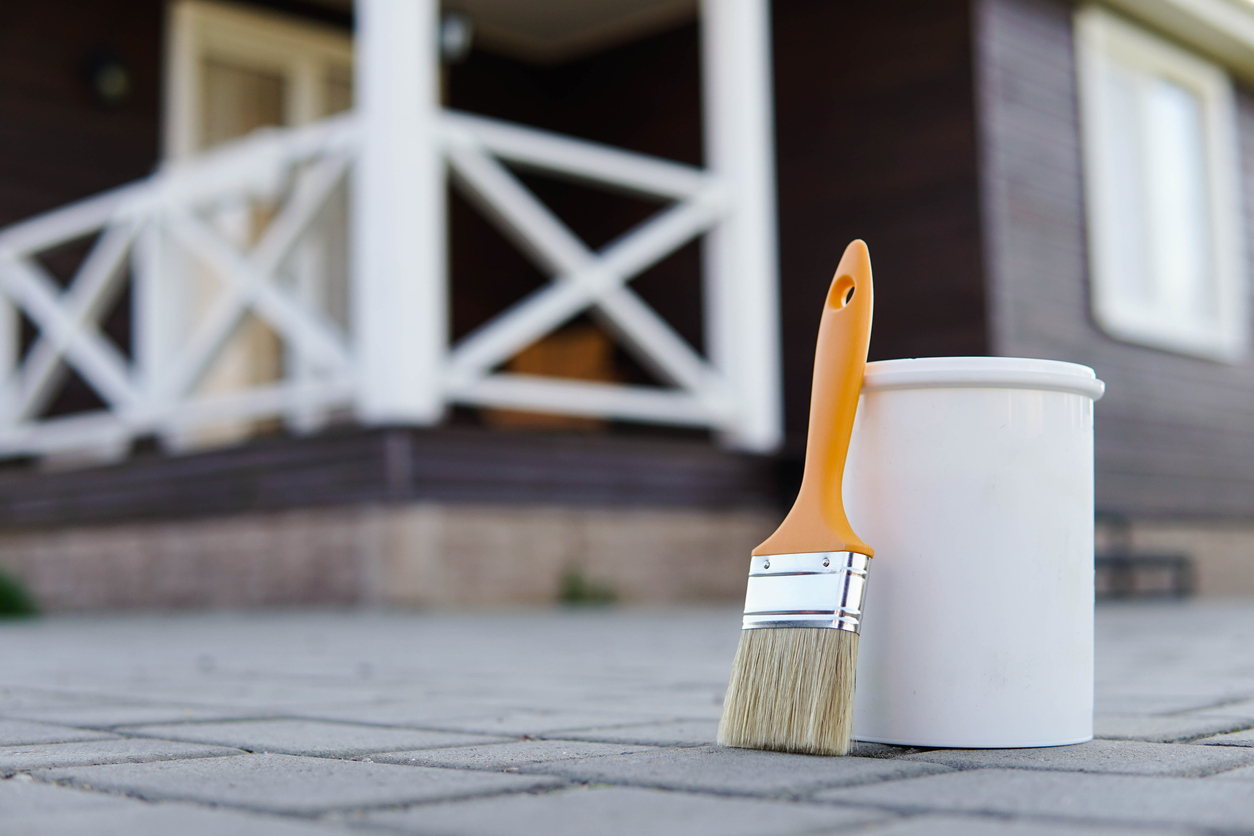
What Causes It?
-
Moisture trapped under paint layers
-
Poor surface prep during previous painting
-
Expired paint life or incompatible coatings
-
Wood rot or rust beneath surfaces
Why It Matters
This is one of the most urgent signs. If paint is peeling or bubbling, your building is unprotected. Water can now reach the siding or framing, leading to mold, rust, or decay.
For schools, healthcare facilities, and food services, deteriorating paint can become a liability and code compliance issue.
Where to Look
-
Fascia boards, soffits, window trim
-
Near gutters, downspouts, or HVAC units
-
Wood or metal doors, especially on older buildings
What to Do
-
Hire a professional to remove compromised paint safely
-
Ask your painter to test for moisture levels
-
Use surface-specific primers and breathable coatings
Sign #3 – Mold, Mildew, or Staining
What Causes It?
-
Chronic moisture, shady areas, poor drainage
-
Older paint lacking antimicrobial protection
-
Roof or siding leaks, failing caulk or seals
Why It Matters
Mold and mildew don’t just stain paint—they destroy it. Worse, they often signal hidden moisture issues. In some buildings, especially those with high occupant traffic or health-related use, they pose indoor air quality risks.
Where to Look
-
Shady walls and stucco bases
-
Behind thick landscaping or under awnings
-
Along rooflines or around downspouts
What to Do
-
Pressure wash and sanitize the surface with fungicidal wash
-
Repair any water intrusion sources (gutters, flashing, irrigation)
-
Repaint using mold-resistant paint or antimicrobial additives
Comparing Paint Options for Mold-Prone Areas
| Paint Type | Mold Resistance | Surface Type | Pros | Example Products |
|---|---|---|---|---|
| Antimicrobial Acrylic | High | Stucco, wood, fiber cement | Resists mold growth, fast drying | Benjamin Moore Aura Exterior |
| Elastomeric with Mildewcide | Very high | Stucco, concrete | Seals small cracks, breathes moisture out | Sherwin-Williams Loxon XP |
| Oil-based (discouraged) | Low | Older wood trim | Durable but traps moisture | Not recommended for high-moisture zones |
| Zero-VOC Mold-Inhibiting Latex | Medium–High | General use | Good for health-sensitive areas | ECOS Exterior Wall Paint |
Sign #4 – Rust or Corrosion on Metal Surfaces
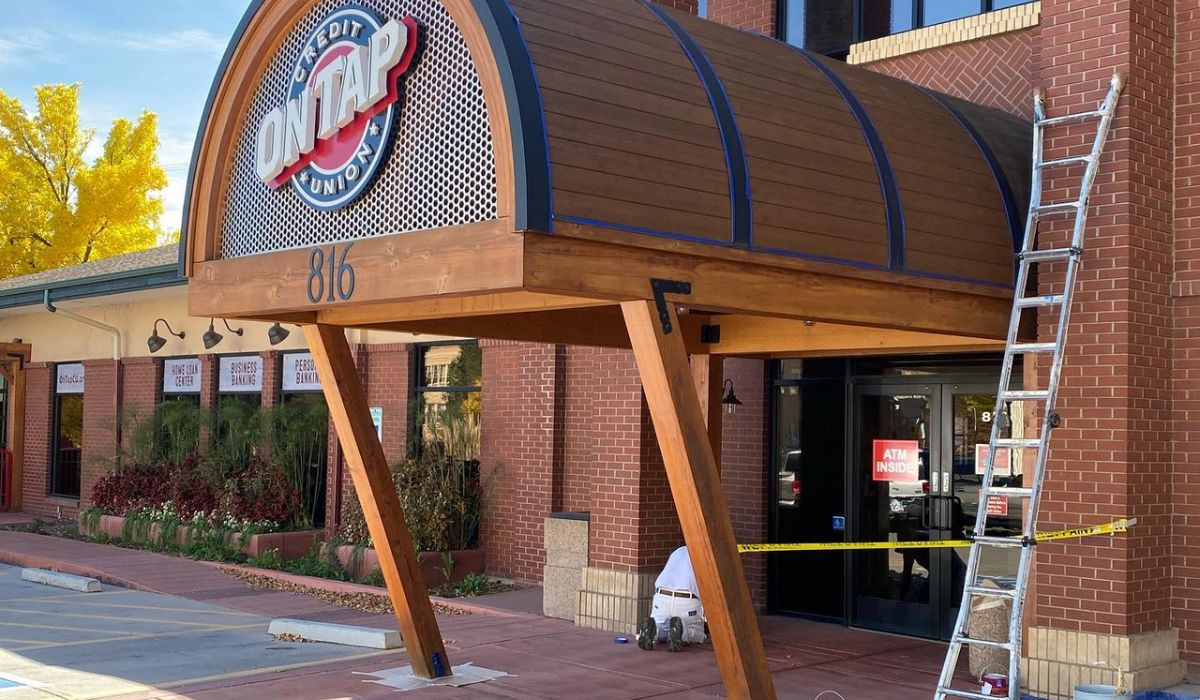
What Causes It?
-
Poor priming or no primer before painting
-
Standing water or ice in contact with metal
-
Coastal air, road salt, or industrial fumes
Why It Matters
Rust eats away at structural metal over time. What begins as cosmetic surface corrosion can become a code violation or safety issue if load-bearing elements are affected.
Where to Look
-
Fire escapes, railings, stair treads
-
Door frames, lintels, canopy structures
-
Roof equipment cages, metal vents, gutters
What to Do
-
Remove rust via sanding, wire brushing, or blasting
-
Prime with rust-converting primer or zinc-rich base
-
Recoat with corrosion-resistant paints (epoxies or urethane-based)
Sign #5 – Outdated or Inconsistent Branding
Why This Is a Problem
Your brand identity is tied to how your property looks. Inconsistent colors between buildings—or faded, outdated logos—dilute your professional image. Consumers expect a polished appearance from reputable companies.
Where It Happens Most
-
Franchise or multi-site businesses
-
Older buildings with piecemeal repainting
-
Properties that changed hands or tenants
What to Do
-
Conduct a visual brand audit of your building(s)
-
Use digital color-matching tools to sync old and new finishes
-
Standardize paint product codes across all locations
What to Do When You See These Signs
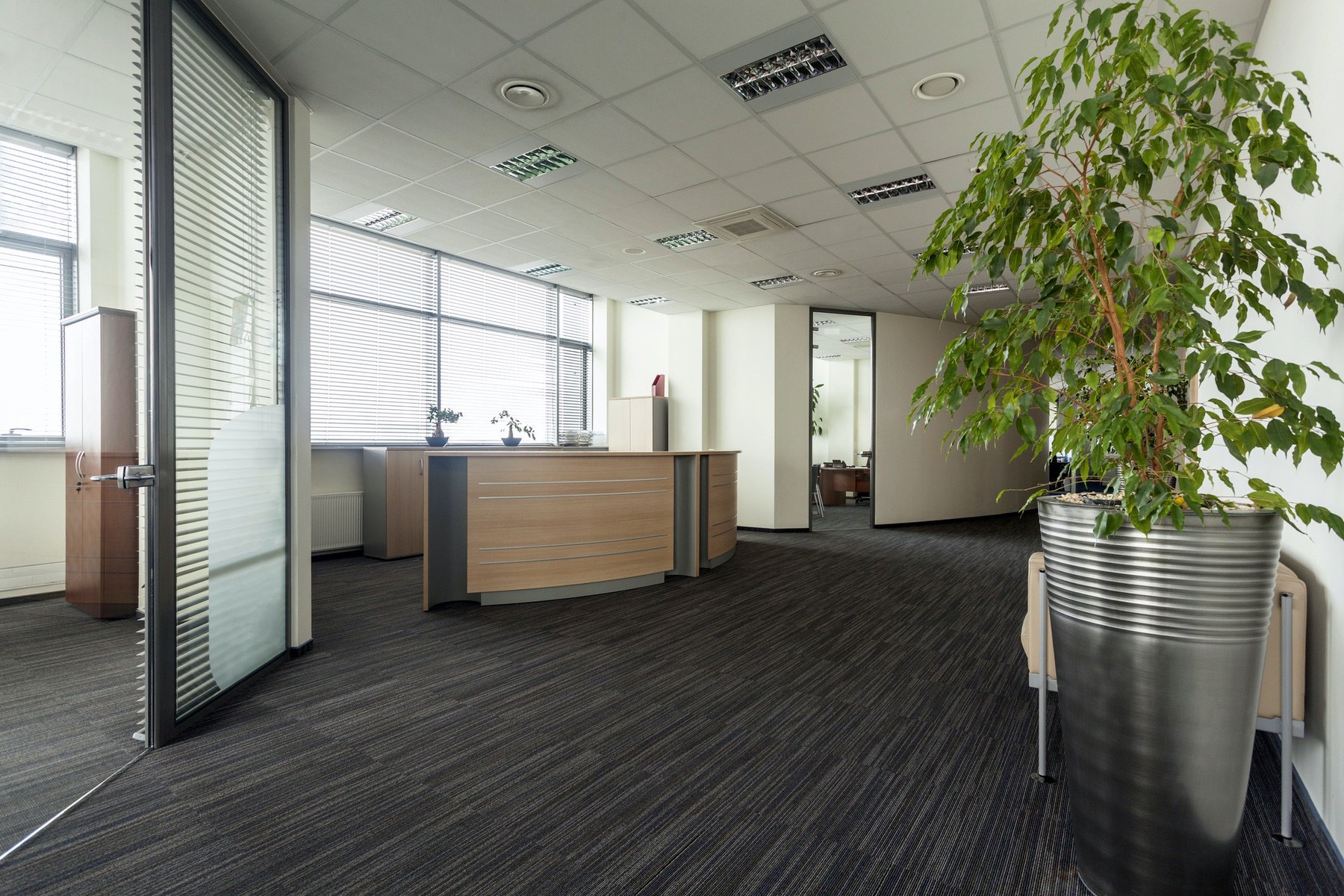
Don’t Delay—Why Timing Matters
Every month you delay repainting adds prep work—scraping, sanding, patching—and cost. Moisture damage, especially, spreads invisibly. What looks minor on the surface can be masking major internal decay.
Hire a Commercial Painting Specialist
Look for pros with commercial portfolios. Ask:
-
Do you test moisture levels before painting?
-
What surface prep is included in the quote?
-
Can you work off-hours or in phases?
Choose the Right Paint System
Not all paints are equal—and commercial needs vary widely.
-
Elastomeric coatings for stucco or CMU
-
Zinc-rich primers for steel
-
Breathable acrylics for older wood
-
Low-VOC for offices or clinics with foot traffic
Plan a Maintenance Strategy
Don’t repaint and forget. Build a cycle:
-
Touch-ups every 2–3 years
-
Full repaints every 5–10, depending on exposure
-
Keep a digital logbook of paint colors, product lines, and dates
Conclusion & Call to Action
Faded paint, cracked corners, rust spots, moldy stucco—these aren’t just eyesores. They’re warnings.
Smart business owners view repainting as a line item in preventative maintenance, not a last-minute expense. Whether your property serves customers, tenants, or patients, its appearance and durability affect your bottom line.
If you’re seeing signs like fading, peeling, staining, or outdated branding, it’s time to act.
Don’t wait until the damage is visible from the parking lot. Let us inspect your building, recommend the right coating system, and provide a repainting plan that minimizes downtime and maximizes value.
Ready to protect and refresh your property? Contact us today for a free professional evaluation and repainting proposal tailored to your needs.
